Mohamed Bouazizi

Mohamed Bouazizi was an ordinary man in Tunisia, who made his living as a street vendor and wanted nothing more than to save up enough to buy a vehicle to help expand his business. However, in 2010 he was desperate and pushed to protest against the authoritarian Tunisian regime. His self-immolation sparked nationwide outrage that led to the downfall of the Tunisian leader Zine El Abidine Ben Ali.
Wilma Rudolph
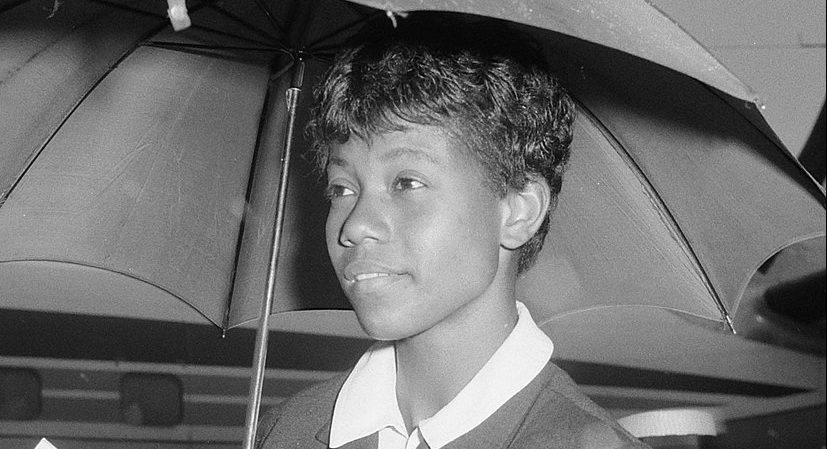
When Wilma Rudolph was younger, she suffered bouts of scarlet fever, whooping cough and measles, all of which left her with infantile paralysis. Even once her range of motion increased, she spent many years wearing a leg brace. She went on to win three Olympic gold medals in the 100 meters, 200 meters and 400-meter relay categories and was called “the fastest woman on Earth.”
Lois Gibbs
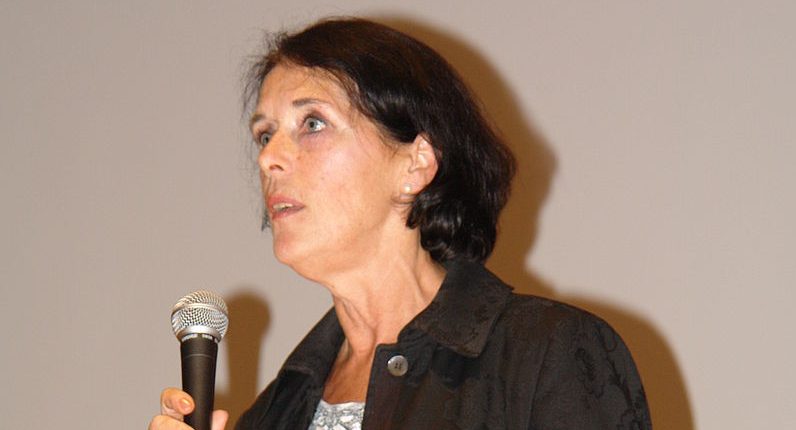
Lois Gibbs was an ordinary housewife and mother who noticed that her two children, and many of the children in her neighbourhood, were afflicted with rare diseases. Research led Gibbs to realize that she lived next to 20,000 tons of toxic chemicals and that nothing was being done about it, so she created the Center for Health, Environment, & Justice and got 800 families safely evacuated.
Genghis Khan
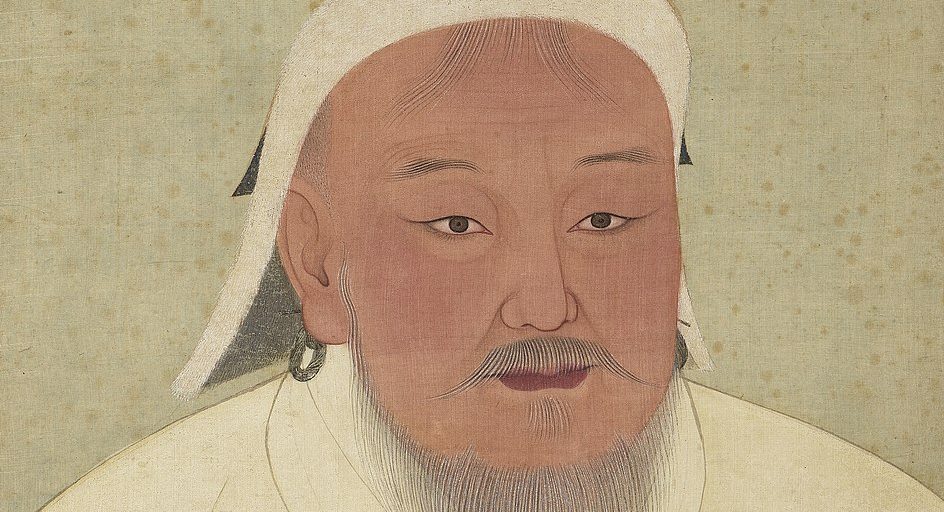
Genghis Khan is now one of the most fearsome names in all of history, but he didn’t start out that way. When he was just nine he was rejected from his tribe, leaving him in such abject poverty that he lived on the street off of foraged fruits, ox carcasses and marmots. After being kidnapped and enslaved, Khan became the first emperor of the Mongol Empire.
Sarah Breedlove / Madam C.J. Walker
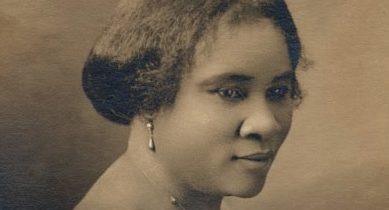
Sarah Breedlove, otherwise known as Madam C.J. Walker, was the first self-made female millionaire in the United States. At twenty years old, she realized that black women in America dealt with hair loss and scalp disease at much higher rates than other groups, and created a haircare range for them specifically. She then donated many of her profits to schools, orphanages, and retirement homes in her community.
Candy Lightner
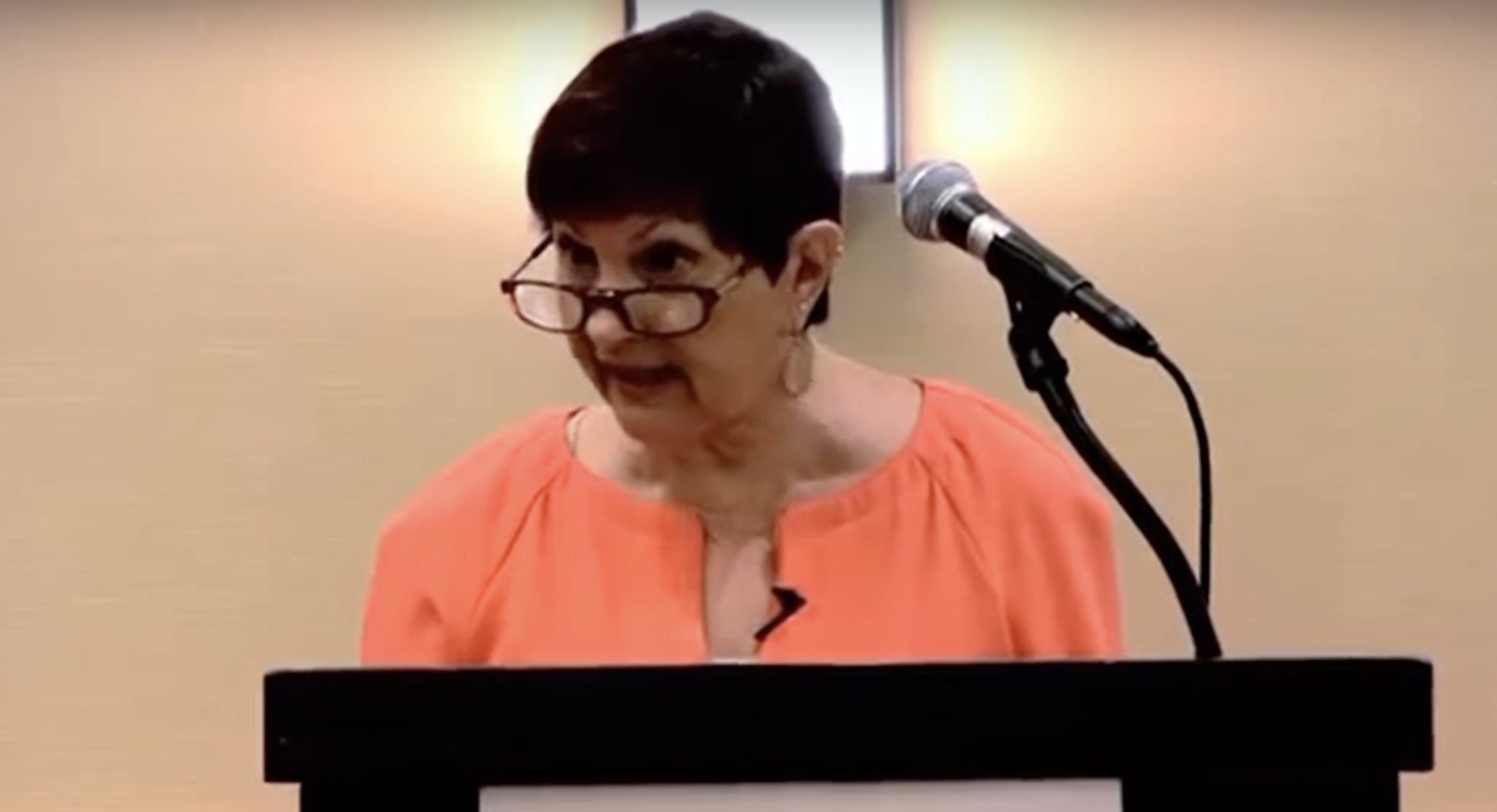
In 1980, Candy Lightner’s 13-year-old daughter was tragically killed by a drunk driver. At the time, there were no serious consequences for driving while intoxicated and so she created MADD, or Mothers Against Drunk Driving. As a result of her tireless campaigning and awareness raising, specific laws to punish drunk driving were implemented across the country.
Jean-Dominique Bauby

When he was 43 years old, Jean-Dominique Bauby suffered a massive stroke that left him both incapable of verbal speech and entirely paralyzed. Unable to move his arms, legs or mouth, he communicated exclusively by blinking. However, he wrote and dictated the entirety of The Diving Bell and the Butterfly, which became the number-one best-selling novel of the year and is still in print today.
Károly Takács
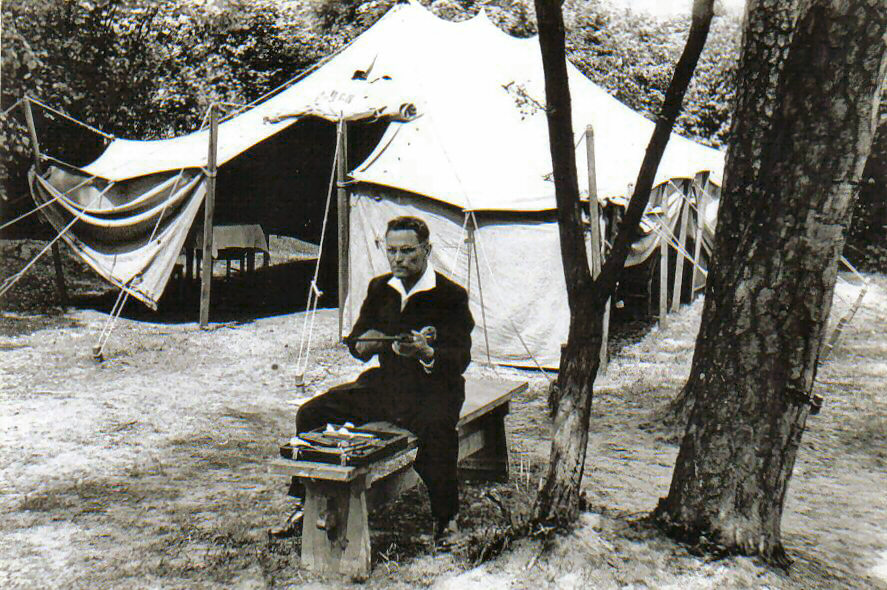
Károly Takács was a skilled pistol shooter for much of his adult life and was preparing to compete in the Olympics as soon as he was discharged from the Army. However, during one Army training session, his shooting arm was mutilated by a hand grenade. Rather than giving up, he retrained with his left hand and won gold medals at both the 1948 and 1952 Olympics.
Sarah Rector
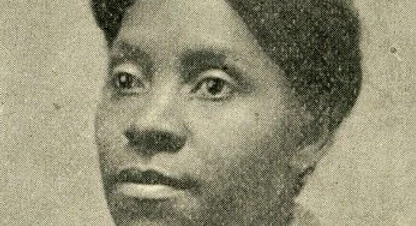
The granddaughter of Muscogee natives, Sarah Rector was brought on Native American land. As such, she was given freedwoman status and entitled to land thanks to the Treaty of 1866. The land she was given was arid, unsuitable for farming and she wasn’t allowed to sell it, but she became the richest person of color in America thanks to its previously unknown huge oil reserves.
Margarete Steiff
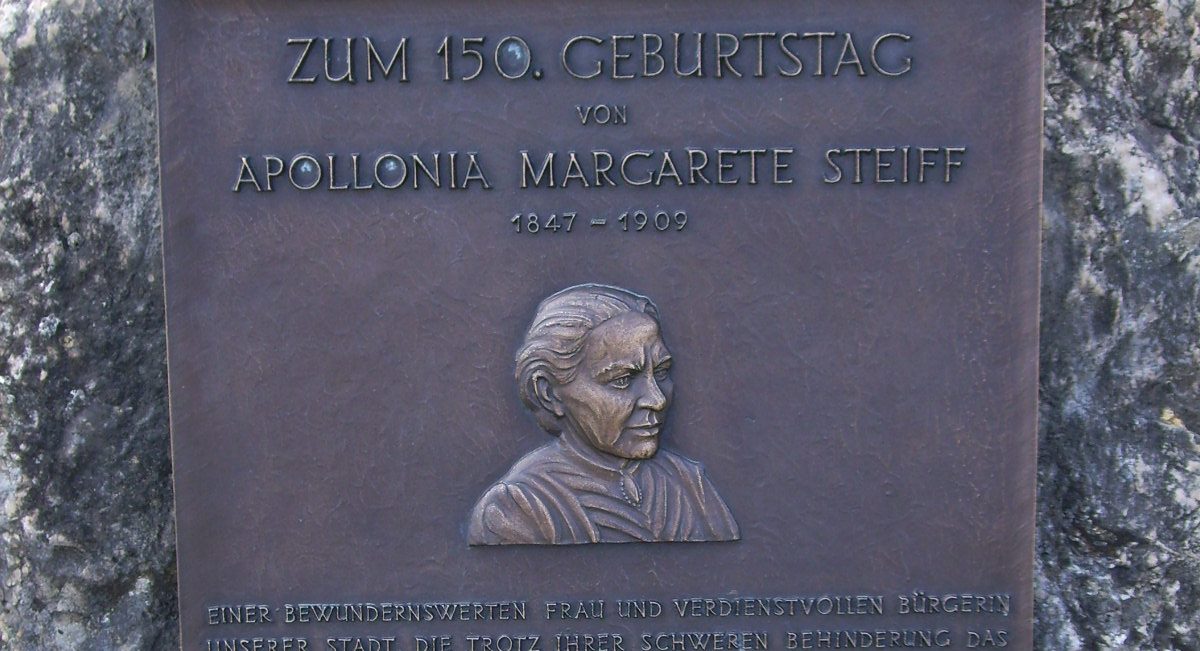
Margarete Steiff contracted polio as a child, which left her unable to use her legs or her right arm. Though she struggled as a seamstress in training and was told by instructors that she would never amount to anything, she became a hugely influential business and factory owner, creating and selling felt toy animals for children that became Germany’s most popular Christmas present.